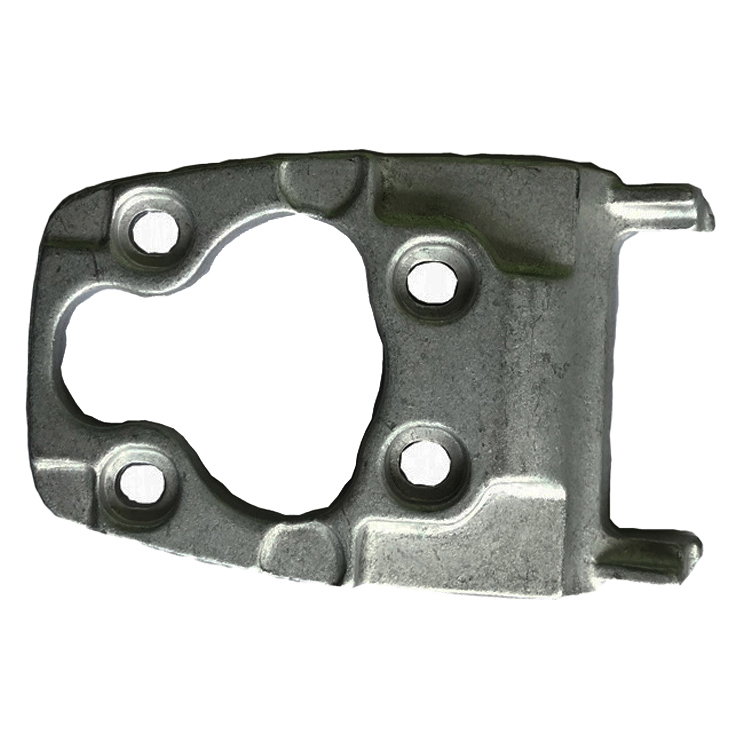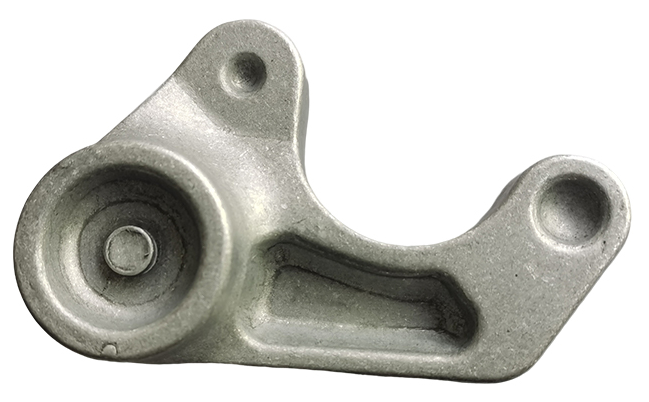
The Allowance and Tolerance of Precision Forging Aluminum Alloy
During the production process of precision forging, machining allowance should be provided for the machined parts. For some important load-bearing components, 100% sampling tests or necessary process allowances are required for inspection and mechanical processing positioning. In actual forging production, due to various process factors, the actual size of the forging cannot be equal to the nominal size, and there will be deviations in both the height and horizontal directions. Therefore, forging regulations allow for a certain range of deviations. Forgings larger than the nominal size of the forging are considered positive tolerances, while forgings smaller than the nominal size of the forging are considered negative tolerances.
Tolerance grade of precision forging parts
The tolerance of precision forging is divided into two levels. Ordinary tolerance refers to the precision tolerance that can be achieved by general forging methods; High precision tolerance and dimensional accuracy, suitable for precision forgings. Forging quality: The forging quality is calculated based on the nominal dimensions of the forging drawing, and the tolerances and allowances are determined according to this quality table.
Precision forging forging shape complexity factor: The forging shape complexity factor S is the ratio of the forging mass M to the mass MC of the corresponding forging outer shell, that is, S=M forging/MC. Mold surface shape: Mold surface shapes are divided into two categories: one is a flat mold surface and a symmetrically curved mold surface, and the other is an asymmetrically curved mold surface. Forging material coefficient: The forging material coefficient is divided into two levels: M1 and M2. M1 is a type of carbon steel or alloy steel with a carbon content of less than 0.65%, high carbon steel content, and a total content of less than 3.0%. M2 is an alloy steel with a carbon steel content greater than or equal to 0.65% or a total alloy element content greater than or equal to 3.0%.
When using precision forging, if intermediate frequency induction heating or contact electric heating is used, the tolerance level and margin value should be increased. When using coal heating or dual flame heating, the tolerance and margin can be appropriately increased. Its added value is determined through supply and demand negotiation.









